Oculus Rift S full review
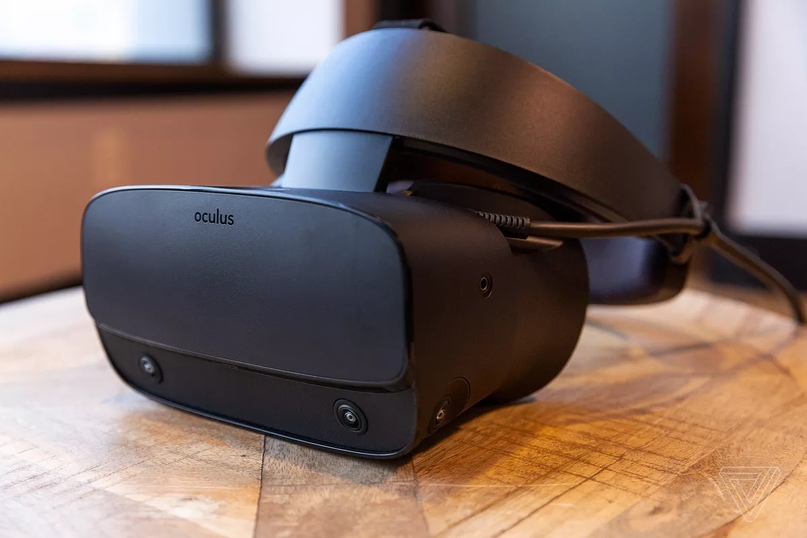
On May 21, deliveries of the new PCVR helmet from Oculus (Facebook), which bears the name Rift S and costs $ 399, will begin. What can the letter S mean in this name? Superior Is this helmet really superior to its predecessor Oculus Rift? It is believed that rather the letter S went to this gadget from the word Simplified - simplified. Let me try to justify why.
Simplified setup
The good old Oculus Rift (no longer available for purchase) was famous for its confused installation. For its standard operation, 2 external infrared USB cameras were needed, and for a full-fledged roomcale experiment, a third sensor must be connected. Hundreds of users shared their lifehacks on the network to install sensors for the game.
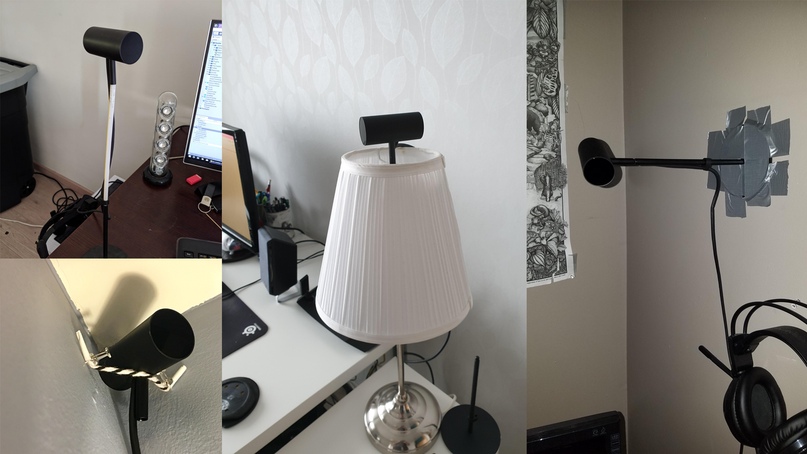
The whole saga was supplemented by not quite transparent equipment settings - sometimes the application on the computer asked to rotate the sensor 10 degrees clockwise, and then deploy it to its original place - and everything started to work.
Earlier tracking using external USB sensors was abolished in favor of Inside-Out tracking (called Insight) using five cameras on the helmet itself. No more external additional devices, but only a VR helmet, the cable of which needs to be connected to one USB and to one DP port.
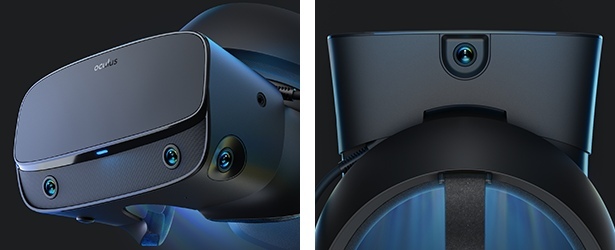
Rift S controllers are very similar to the good old Touch, but the rings are now turned up. Exactly the same controllers are used in the Oculus Quest standalone helmet, so you can use one set of controllers if you purchase both sets. Oculus Touch still holds the bar number 1 in virtual reality controllers (written before Valve Index and Pimax Sword).
Simplified design
The Oculus Rift S was developed in partnership with Lenovo. This can be seen immediately on the brand-name Halo strap, with which the helmet is mounted on the head.

A similar mount can be found on the Lenovo Explorer helmet or, for example, on the Playstation VR. The size is changed using the wheel on the back of the head, and using the button on the bottom of the helmet, you can move the lenses away from the face to hold glasses or carefully adjust the set to the shape of the head.
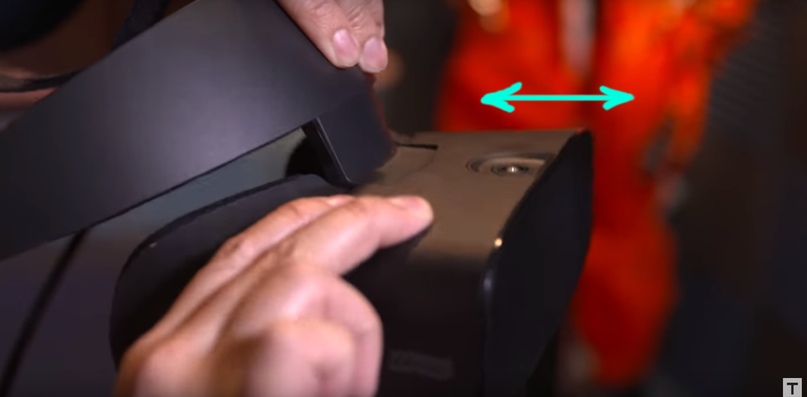
Most users find this method of attachment more comfortable than Rift. Although the mass of such a mount is greater, but all the weight is now held on the forehead and neck, so the helmet no longer puts pressure on the face. However, with the introduction of the Halo Strap, the ability to tilt the helmet up or down in order to catch the sharpness area of the sweetspot lens disappears, which can be a critical shortcoming for people with a certain head shape.
Rift S also got rid of the physical IPD (interpupillary distance) configuration due to its design features. Although this parameter can be changed using the built-in software, some people (if their eyes are set very close together or vice versa) may not be able to do this, so it’s best to check it first hand before buying (it’s easiest to do this now, for example, on Playstation VR).
And the last drawback of such a strap is the inability to lean your head (for example, if you want to reclaim to watch a movie), since the rear wheel of the mount will abut and cause discomfort.
Simplified Immersion
The presence of five cameras on the Rift S allows you to transfer a stereoscopic picture of the real world around the user to the helmet displays. This simplifies not only the setting of the game zone, but also the safety control during the game. The image from the cameras can be displayed on the screens at any time using the button on the controller, which simplifies interaction with the outside world during the VR session - if you need, for example, take a coffee mug from the table, address the person in the room or move the furniture to the side.
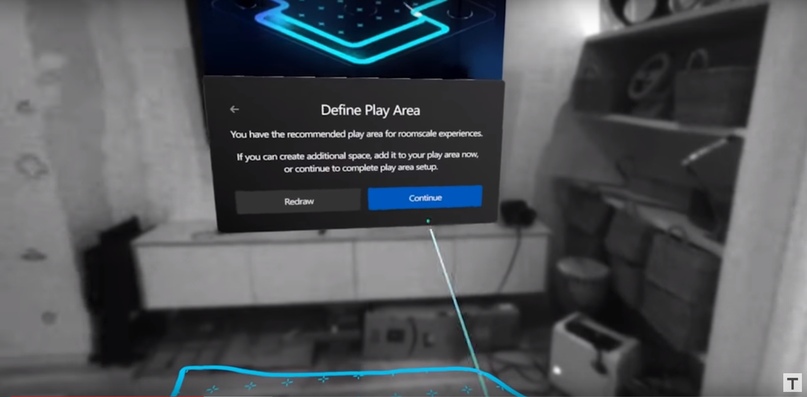
Optics
Inside the Oculus Rift S there is one LCD panel, which gives a high packing density of subpixels and a sharper picture compared to OLED on Oculus Quest or Oculus Rift. These are not the clearest and most contrasting displays on the market, but reading texts will be easier than on the original rift. Another feature worth paying attention to is the refresh rate. It is 80 Hz instead of 90 Hz on other first-generation helmets. Rather, the decrease in gertzovka is associated with the desire to lower the system requirements for computers. 80 FPS should enclose the vast majority of users from seasickness that occurs in virtual reality at frame rates below 72 FPS, but if you plan to play highly dynamic games, do not rush to the choice and be sure to try a new helmet on yourself before buying Rift S .
Black level is not so deep compared to OLED panels, and horror fans will notice it. But most will not even notice the difference. Therefore, if this factor may bother you, be sure to test the black level, for example, on the Oculus Go helmet to see if the Oculus Rift S is suitable for you. The
good news is that with new lenses you can almost completely forget about the “god rays” reflections, which are so greatly annoyed in the original rift (see illustration below).
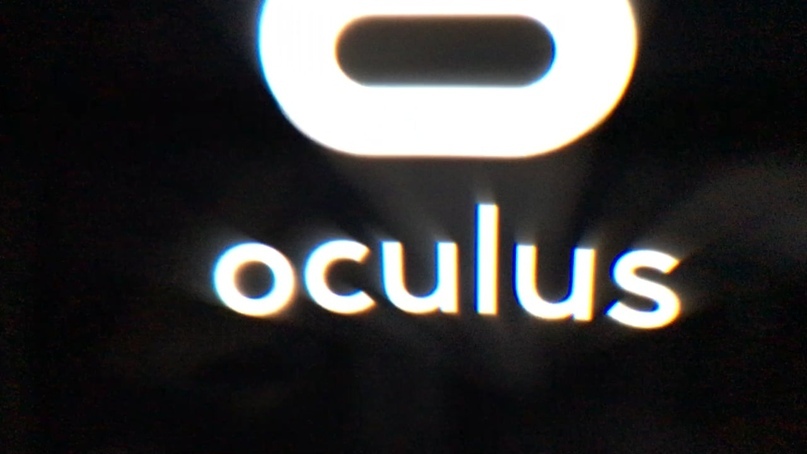
Simplified sound
A very big difference from the original rift is the audio system of the new Rift S. Now these are the speakers built into the helmet. These are no longer earphones, as in the predecessor, but however, this is not the same solution as on the Oculus Go and Oculus Quest helmets. The sound quality has undergone tangible negative changes and the most affected low frequencies. Of course, it is possible to connect your own headphones through 3.5 jack, but with Halo strap it not only turns immersion into VR into a two-stage process (first we put on a helmet, then we take the headphones to the touch and pull them on, trying to conveniently hide the wires), but it also makes it practically impossible to use headphones with a rim over the head.
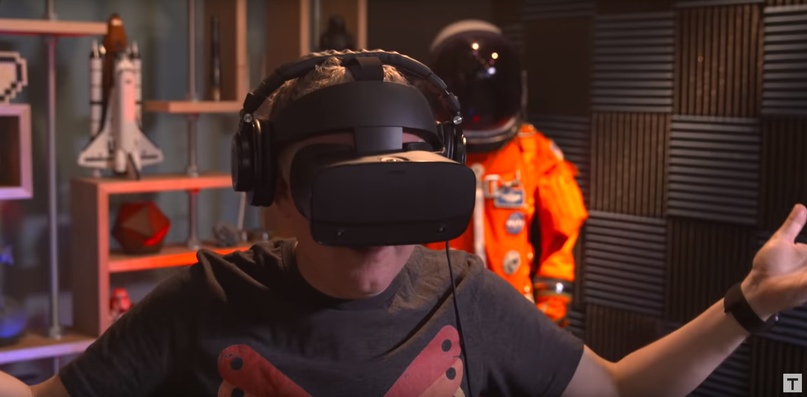
VR enthusiasts have already found a solution to this problem - you can buy Koss Porta Pro headphones and attach them using the printed on a 3D printer mount from the guys from Tested www.thingiverse.com/thing : 3615447, but this does not cancel the fact that Rift S lowered sound quality compared to its predecessor for the sake of simplicity.
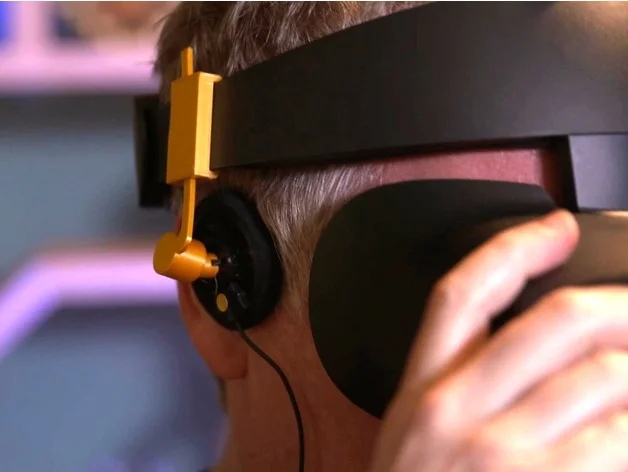
Tracking
Despite concerns, tracking Insight with Oculus cameras turned out to be much better than Windows Mixed Reality sets and in some cases even better than the original Rift. The tracking area of the controllers is not only higher than the viewing angle, but also thanks to information from IMU sensors, Oculus Touch can in some cases even cover blind spots behind. Of course, situations may arise in which Insight tracking loses - these are sports games (for example, Echo Arena or The Climb), where hands are very often far beyond visibility, but the situation is far from critical, and players can learn to bypass blind situations zones.
Total
Oculus Rift S is definitely not Oculus Rift 2.0. And maybe not Oculus Rift 1.5. Seth has many controversial qualities that are unlikely to convince owners of first-generation helmets to transfer to a novelty from Facebook. The competition in the PCVR device market is becoming too tight (we see the Valve Index, HP Reverb, Pimax 5K +, HTC Vive Pro Eye, Samsung Odyssey +) and it is possible that Oculus just stopped fighting for an audience of owners of first-wave VR helmets. Instead, they created a helmet to engage a new audience - as simple, comfortable and user friendly as possible. This is very good for the virtual reality ecosystem, for "casual" users, but not enough for an upgrade.
